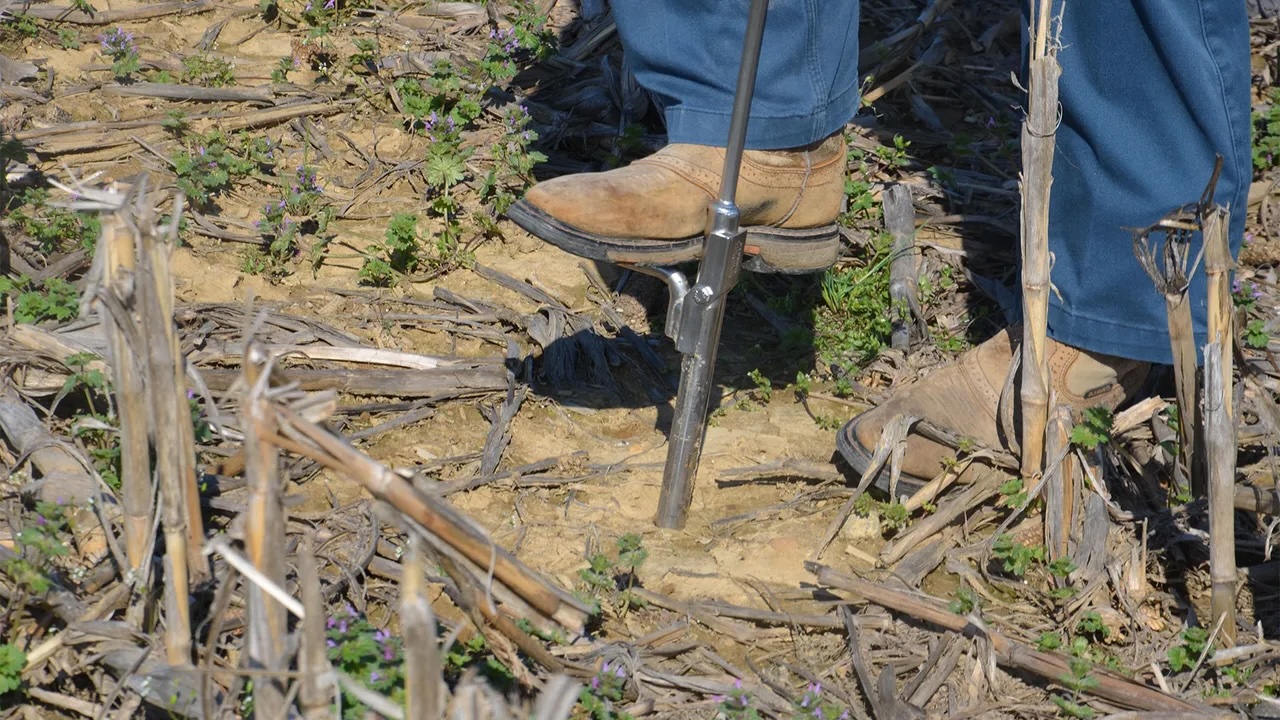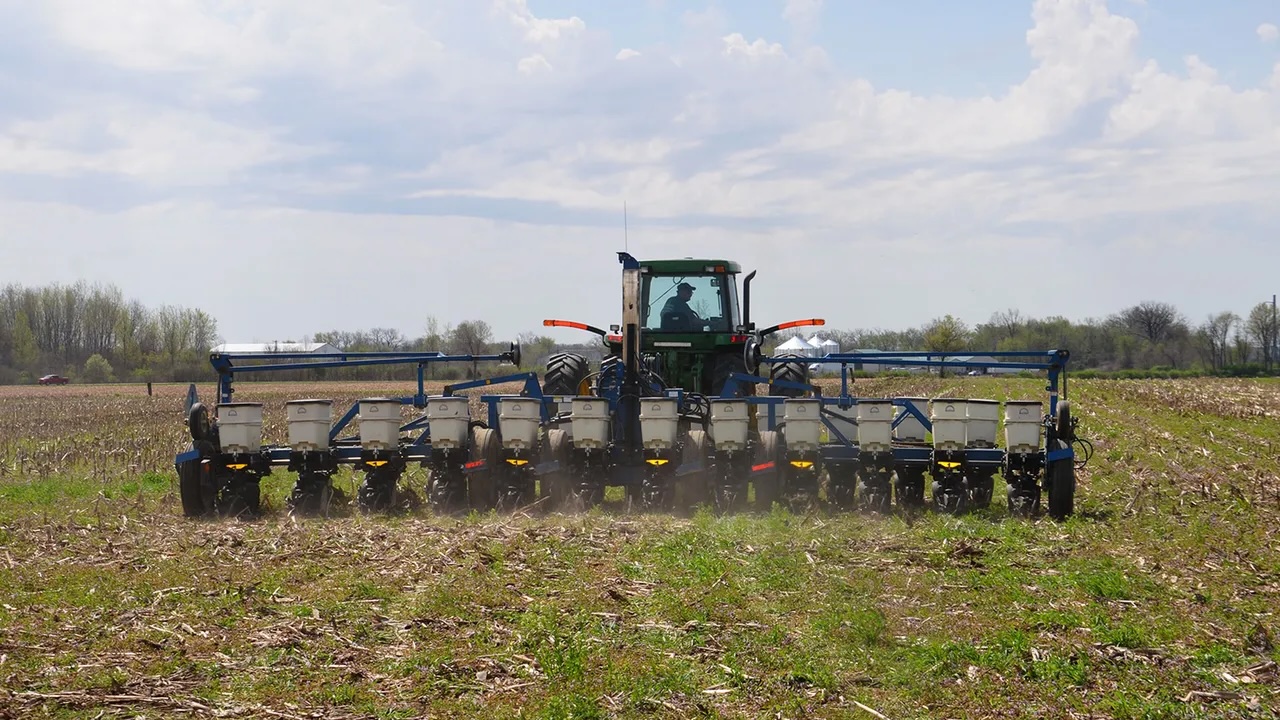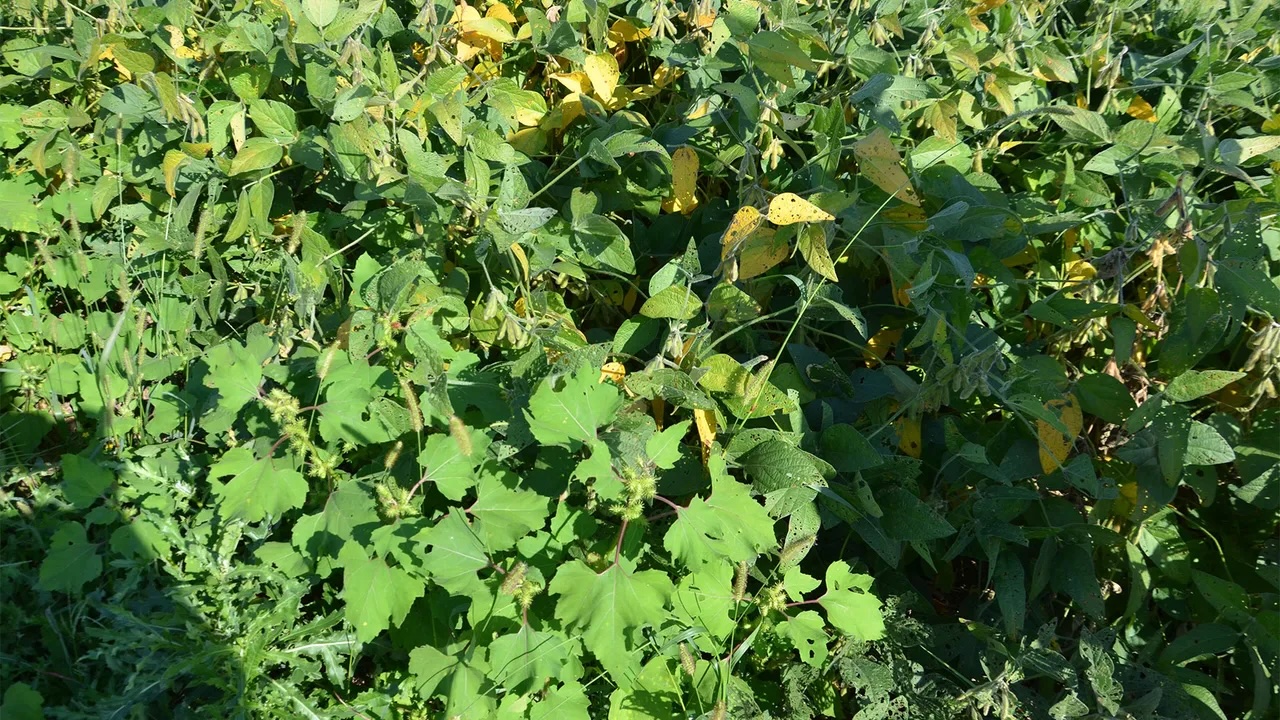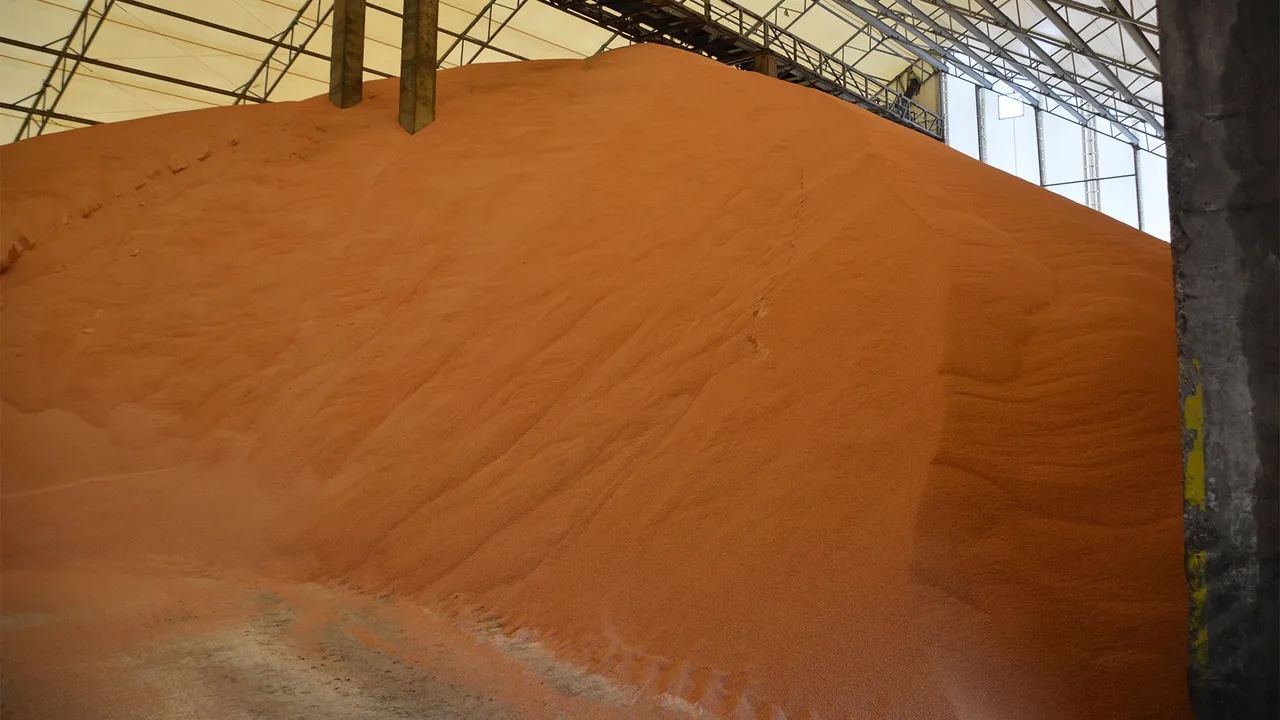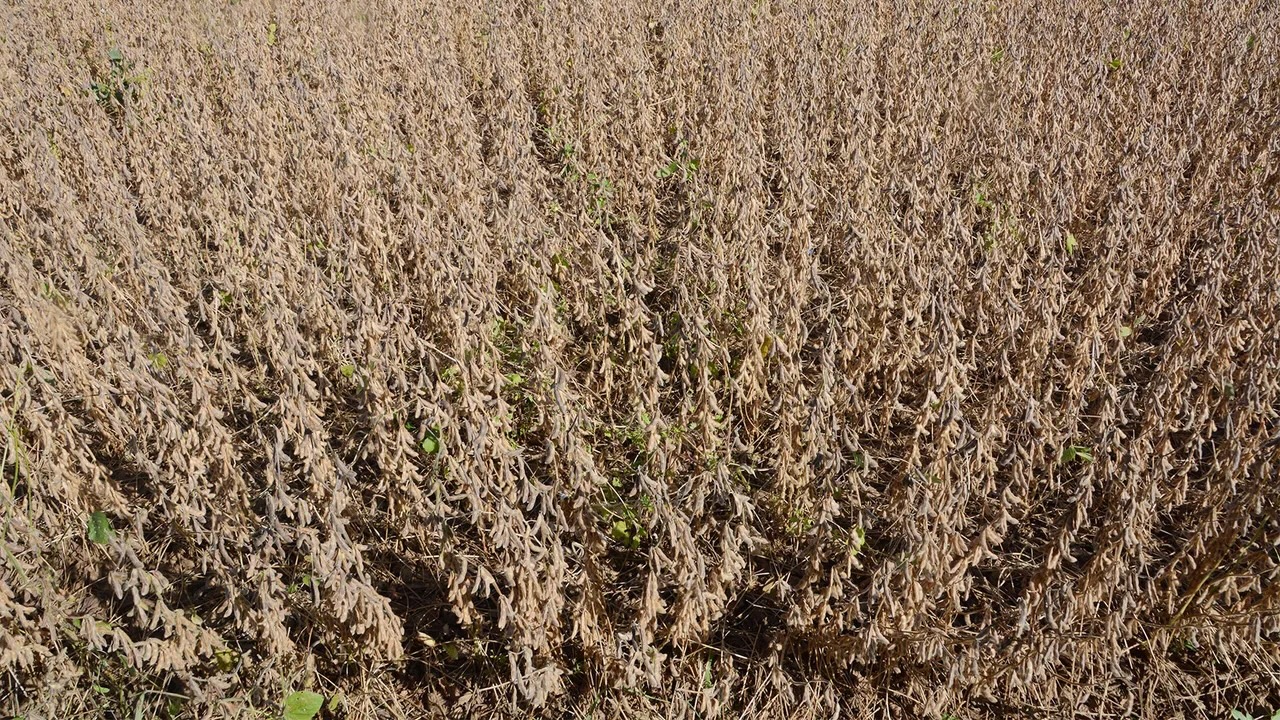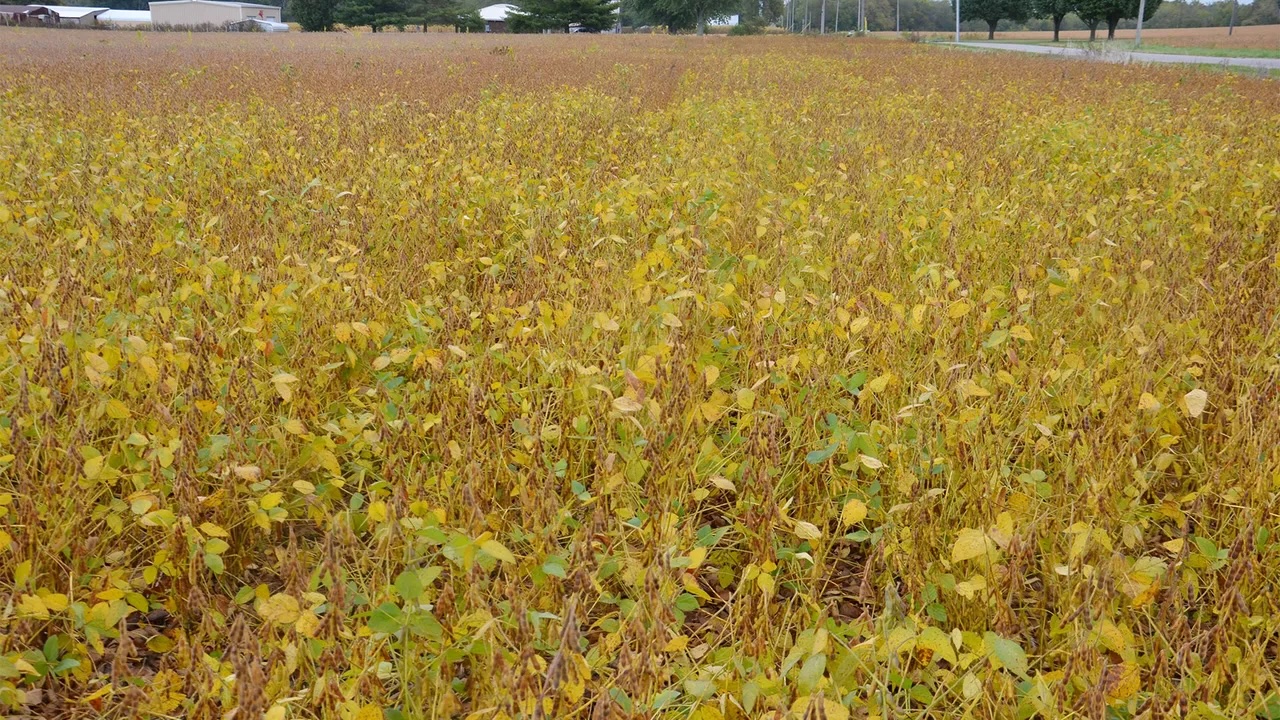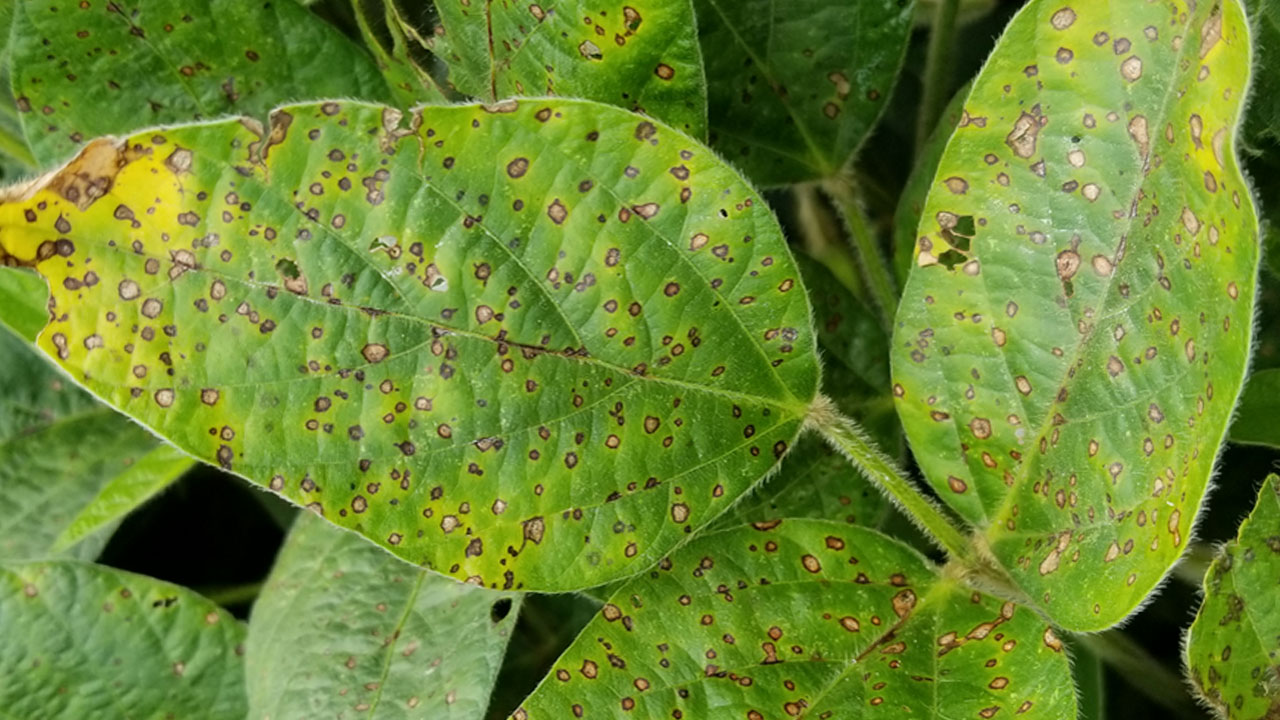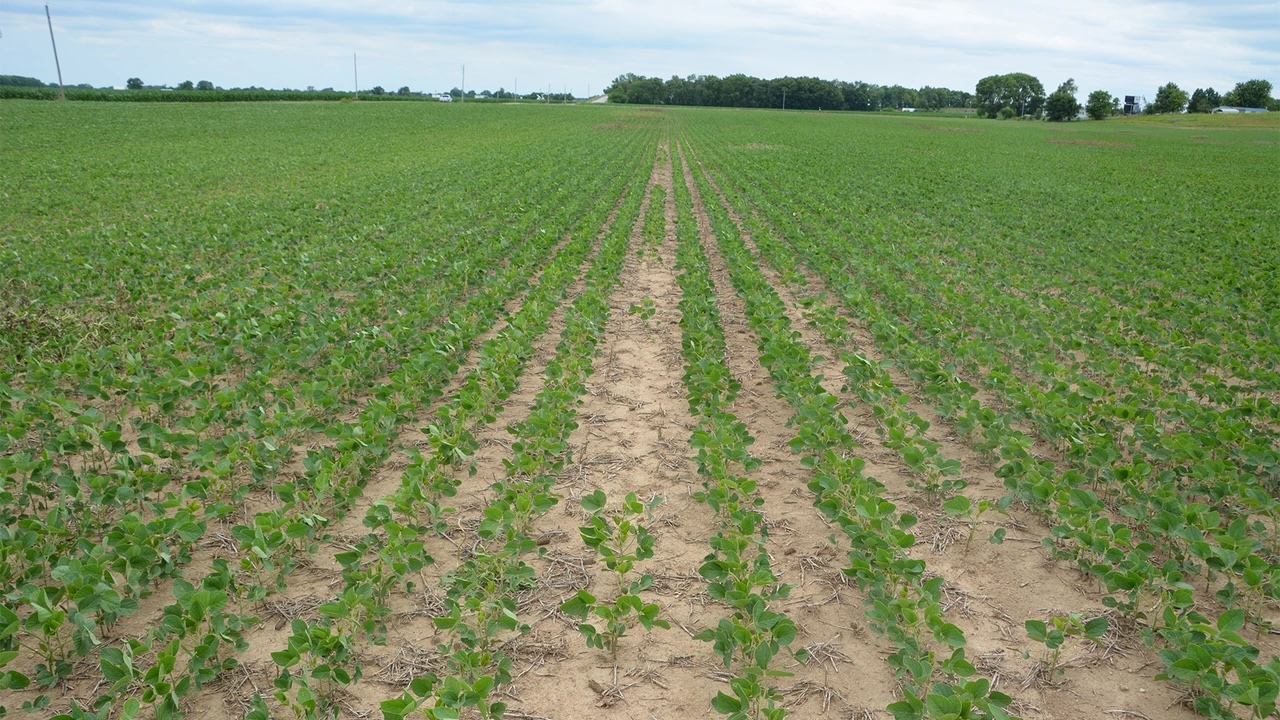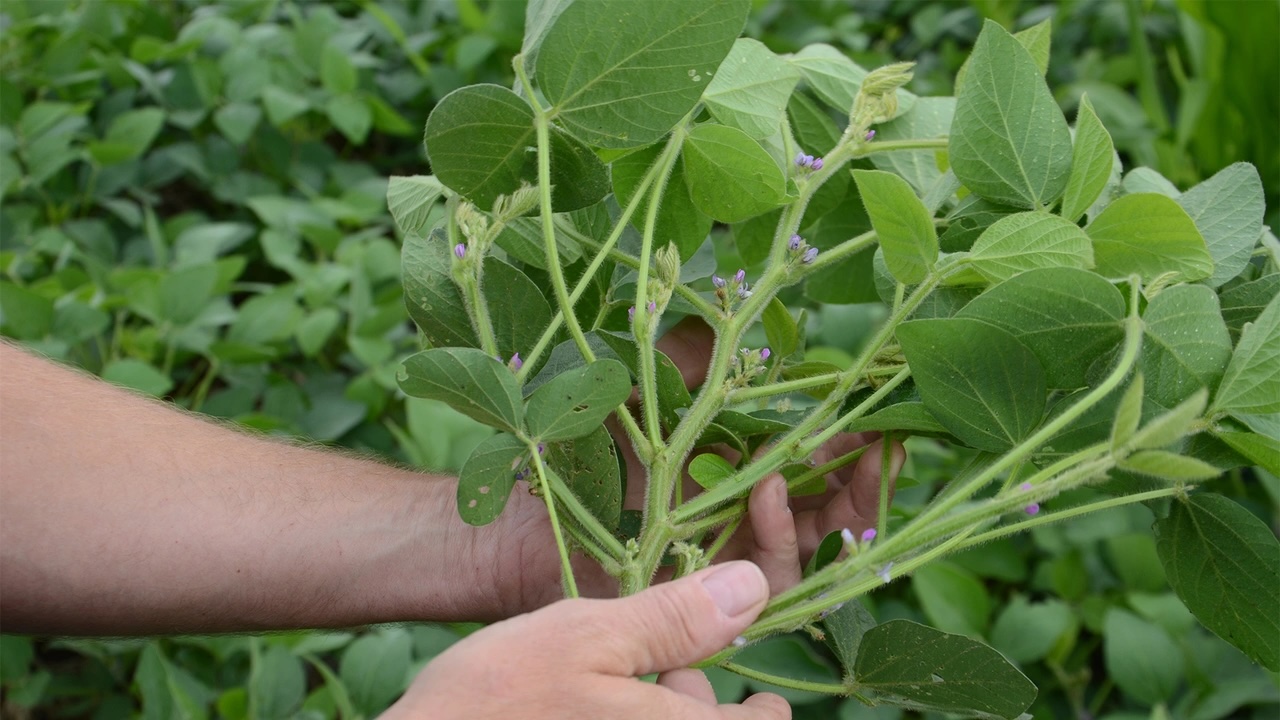Indiana Prairie Farmer publishes a column written by Tom Bechman with the help of CCAs for CCAs and their clients. With permission from Prairie Farmer we are posting these Corn and Soybean Corner articles on the CCA website. Many thanks to the authors and the support of Indiana Prairie Farmer.

Soybean Corner Articles
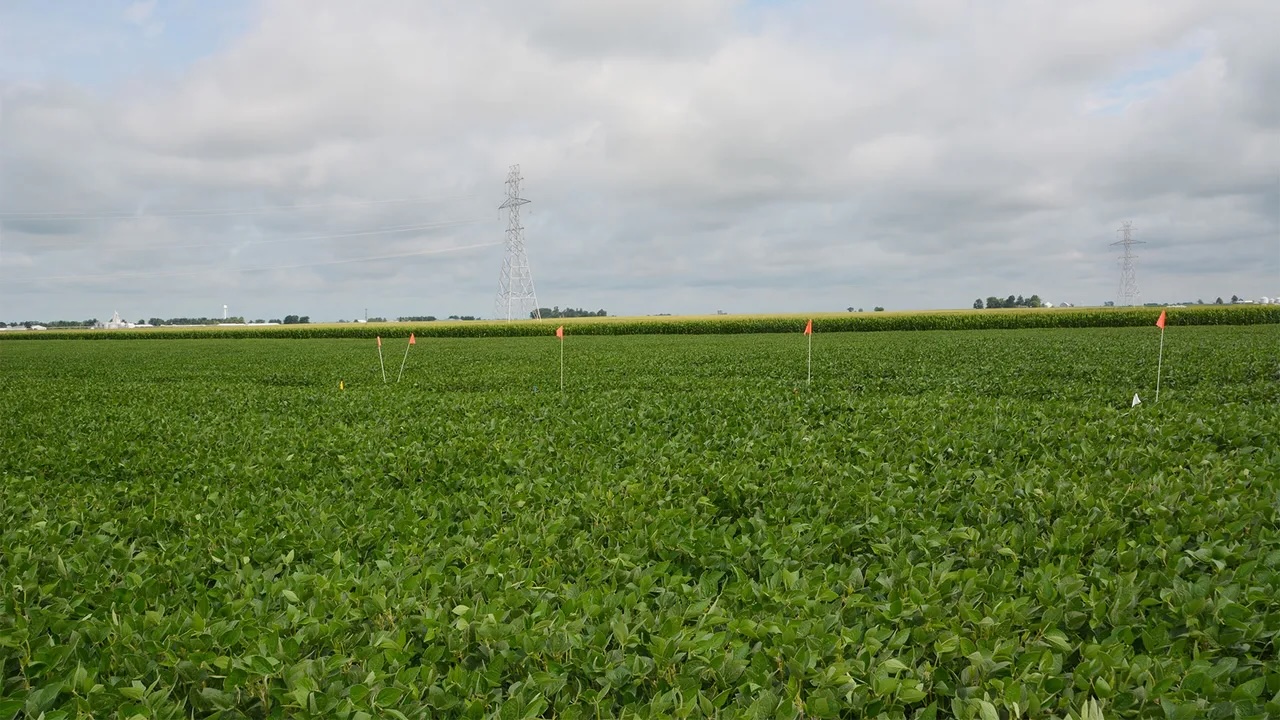
More signs point to payoff for sulfur
The Indiana Certified Crop Adviser panel this month includes Steve Gauck, an agronomy manager for Beck’s, Greensburg; Jeff Nagel, agronomist for Keystone Cooperative, Lafayette; and Marty Park, agronomist with Gutwein Seed Services, Rensselaer.
My agronomist recommended applying sulfur for soybeans if I push the early planting window. What product should I apply and at what rate? Is the potential yield boost worth it? Can it be applied in March?
Gauck: Research from Purdue University and many other areas has shown that sulfur on soybeans provides a consistent yield increase and a positive return on investment. This advantage grows for earlier planting as soils are not usually warm enough for sulfur to mineralize from soil organic matter. There are many ways to apply it. Depending on your setup, this will drive the type of sulfur you apply. The closer to planting, the better.
Purdue data showed you can dry spread AMS at 15 to 20 pounds per acre of sulfur pre-plant to V2 soybeans with good yield responses. You can also utilize liquid thiosulfate in a weed-and-feed application at the same 15 to 20 pounds of sulfur rate. If you can apply sulfur with your planter, I have seen situations in which the concentration of the product in a 2-by-2-by-2 or dual dribble application system at 2 gallons of thiosulfate per acre has been most consistent and profitable.
If you’re looking to try sulfur on soybeans, target early planted fields, those with high residue or no-till fields for highest returns, especially on lower organic matter farms.
Nagel: Timely planted soybeans along with nutrient applications of sulfur are helping drive higher soybean yields. We tend to see more consistent responses in sandier soils, low organic timber soils and even higher organic matter prairie soils when planting into cooler soils. Soils will mineralize plant available sulfate sulfur as soils warm up, but mineralization is limited in cooler soils.
There are several sources of plant available dry forms of sulfate sulfur such as ammonium sulfate, MES10 and pelletized gypsum. Ammonium thiosulfate is a liquid sulfur source. While not immediately available, thiosulfate usually converts to plant available sulfate in two to three weeks. Research suggests that applications should ideally be made within six weeks of planting. March applications could be a fit if planting in April. Typical rates are 15 to 20 pounds of sulfate sulfur per acre.
Park: Most growers in northwest Indiana use 50 to 100 pounds of dry ammonium sulfate spread just ahead of planting. There are several other dry products that are combinations of sulfate, which is plant available, and elemental sulfur, which becomes plant available over time. Liquid sulfate sources like ammonium thiosulfate or potassium thiosulfate could be used at planting if the soybean planter can apply starter.
It’s hard to match the actual broadcast rate of sulfur, and costs need to be considered. We’ve seen good results from dry ammonium sulfate on early planted soybeans, especially on low organic matter soils. You could apply in late March, but I like it applied closer to planting. I want sulfate to still be in the root zone for that little soybean seedling.

